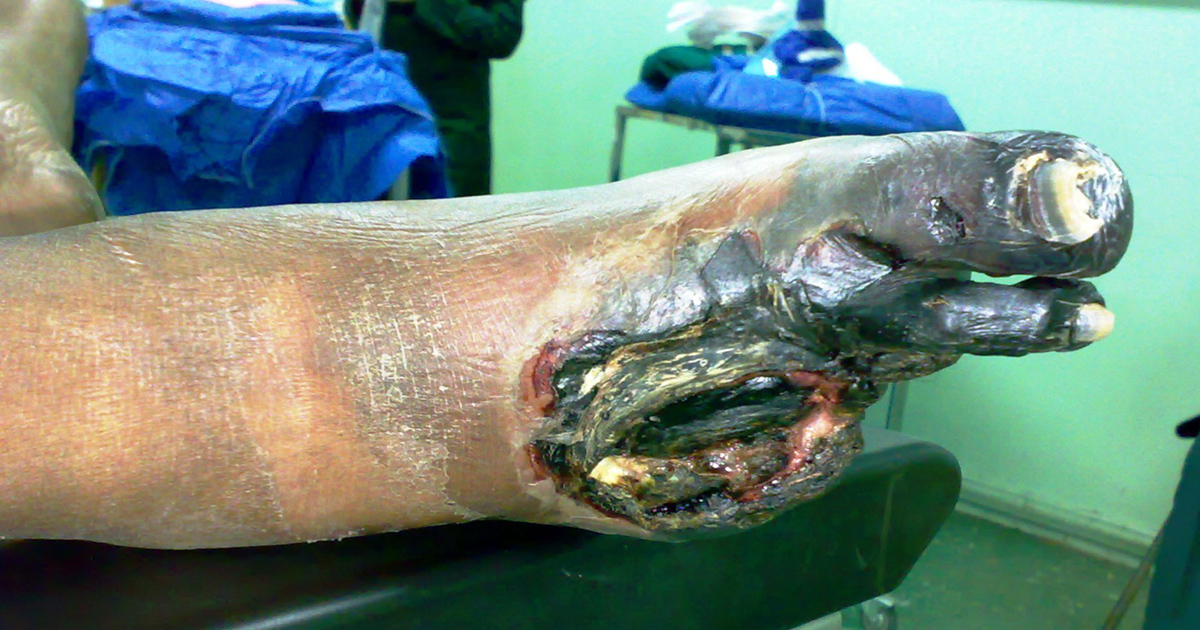
Gangrene is actually the severe lacking of the blood in the certain area of the body which leads to a rapid dying of the cells of that tissue. And that is because those cells are not supplied with enough oxygen. It is one of the most dangerous conditions since this is sometimes the inevitable consequence is death. The tissues that are under the greatest risk to be harmed are the muscular tissues and organs, and gangrene is most likely to develop on the fingers, toes, hands and feet.
This condition is classified into the five categories but the most often are the wet, dry and gas gangrene.
The less severe, among those three types, is the dry gangrene. This is because the dry gangrene is the consequence of the gradually damaged arteries that carry the blood to that area and it is usually treated by encouraging the better blood flow into the affected area. But, sometimes the surgeon must remove the dead tissue. This type of gangrene can be recognized by the cold and darker tissue which turns out to be black after some time.
In the cases of the wet and gas gangrene, the amputation is a more common option. Wet or, so called moist gangrene, includes the symptoms of the distinctive smell, swelling and the change of the colour of the tissue. It is prone to extend quickly to the nearby tissue and because of that, the amputation can be the recommended treatment. This type of gangrene is often a consequence of the burnt or frozen tissue.
The causes of the both, the wet and the gas gangrene, are different bacteria which feed on the dead tissue. Because of that, fortunately, in the less severe cases, the wet and the gas gangrene could be treated with antibiotics. But the bacteria that causes the gas gangrene is more resistant and it can live long in the areas where there is not enough oxygen.
Because of that, the treatment for the gas gangrene must include resting in the surroundings that are rich in oxygen (for example, the hyperbaric chamber). One should suspect on the gas gangrene if he or she notices coldness of the affected tissue and if the pain and swelling are present. That means that the bacteria have already inhabited some open wound which is the most common cause of this kind of gangrene. Also, there are usually some liquids that leak from the affected area and the bubbles of gas.
The less frequent types of gangrene are the Fournier’s gangrene (of the genitals) and the internal gangrene (of the other organs).


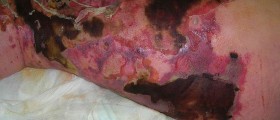

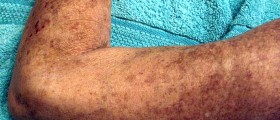
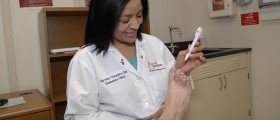
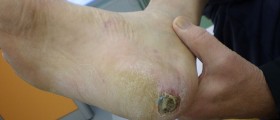
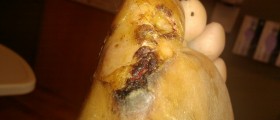

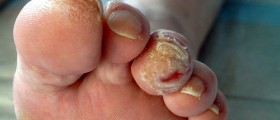
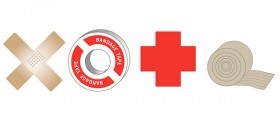
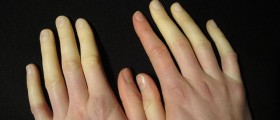
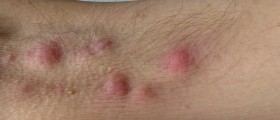



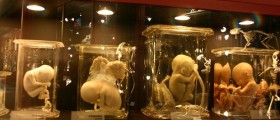
Your thoughts on this
Loading...